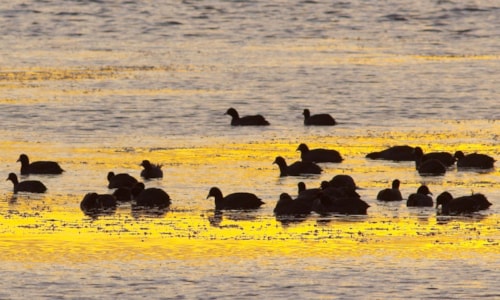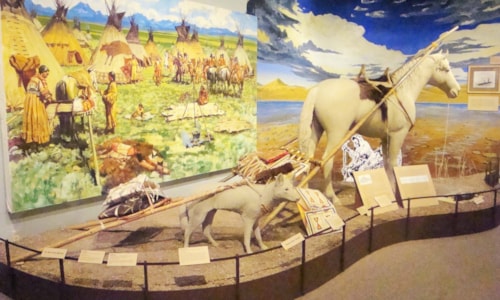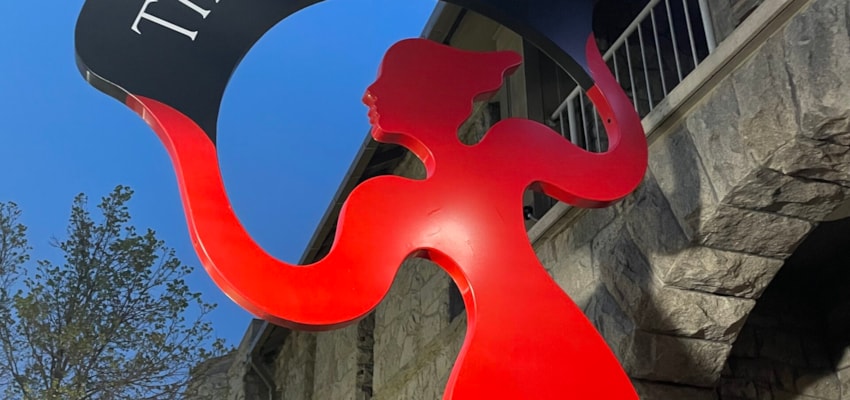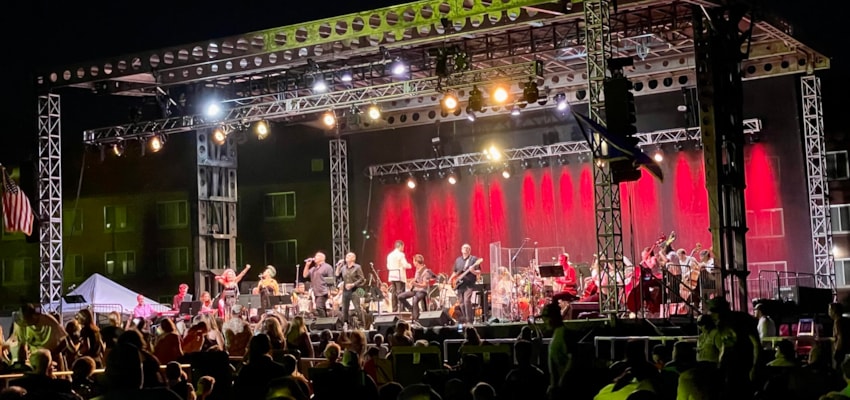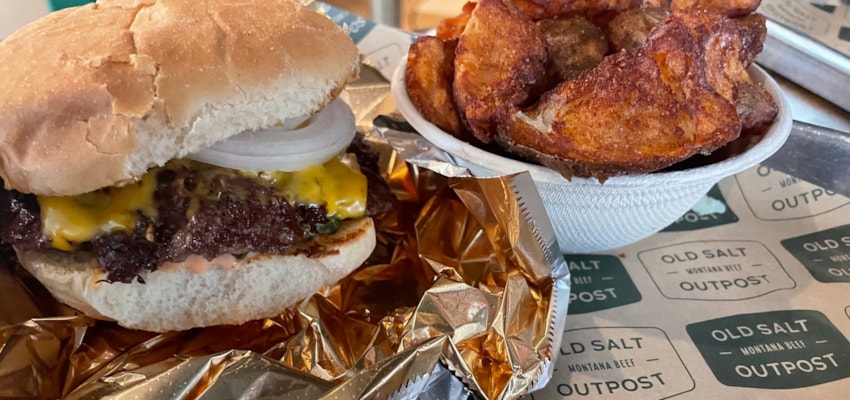The Benton Road
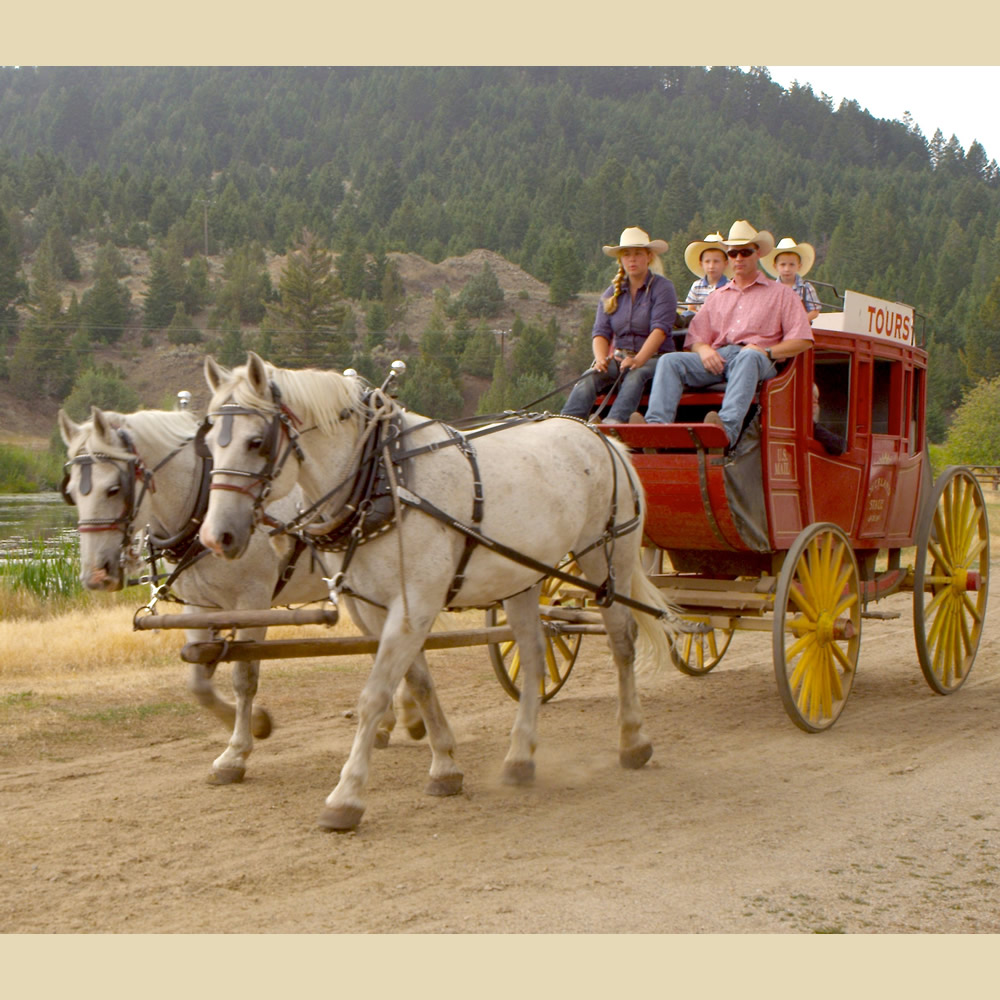 The route from Yellowstone to Glacier meets all the requirements of a perfect road-trip road: it is well maintained, it’s short enough to allow for plenty of stops along the way, the scenery is spectacular, and it is bookended by the best National Parks in the west. The route also follows one of the oldest and most important trails in Montana: the Benton Road.
The route from Yellowstone to Glacier meets all the requirements of a perfect road-trip road: it is well maintained, it’s short enough to allow for plenty of stops along the way, the scenery is spectacular, and it is bookended by the best National Parks in the west. The route also follows one of the oldest and most important trails in Montana: the Benton Road.
By 1843, Fort Benton was, technically the most inland seaport in the world, because you could take a boat from Fort Benton all the way down the Missouri and Mississippi to the Gulf of Mexico and into the Atlantic. In the late 1850s, the army put Captain John Mullan, already an accomplished road-builder and explorer in the area, in charge of building a road between Fort Benton and Walla Walla, Washington. The Mullan Trail followed the Missouri from Fort Benton, through the Wolf Creek Canyon, and into the Helena valley before turning west to Missoula and beyond. Mullan had established this route in the early 1850s, but the construction of the Trail allowed him to survey and expand the road.
 With the 1862 discovery of gold in Bannack, enterprising freighters realized the advantage of a road that linked Bannack to Fort Benton. So they made roads from the Helena Valley south to Bannack. The discovery of gold in Alder Gulch came quick on the heels of the Bannack discovery, and the “Benton Road” became established: branching south from the Mullan Trail in the Helena Valley, running south through the Boulder River Valley and into the Madison River Valley before turning west through Alder Gulch and into the Beaverhead Valley to Bannack. The Benton Road proved even more useful with the discovery of gold in Last Chance Gulch in 1864 since the road already went right through the Helena Valley. However, the road did not go into the Gulch itself-it was much too crowded for wagon teams-and it didn’t follow the route of present-day Benton Avenue.
With the 1862 discovery of gold in Bannack, enterprising freighters realized the advantage of a road that linked Bannack to Fort Benton. So they made roads from the Helena Valley south to Bannack. The discovery of gold in Alder Gulch came quick on the heels of the Bannack discovery, and the “Benton Road” became established: branching south from the Mullan Trail in the Helena Valley, running south through the Boulder River Valley and into the Madison River Valley before turning west through Alder Gulch and into the Beaverhead Valley to Bannack. The Benton Road proved even more useful with the discovery of gold in Last Chance Gulch in 1864 since the road already went right through the Helena Valley. However, the road did not go into the Gulch itself-it was much too crowded for wagon teams-and it didn’t follow the route of present-day Benton Avenue.
Beyond Helena, Highway 287 branches off from the Mullan Trail, following instead the much older “Old North Trail” that runs abreast of the Rocky Mountain Front and was used extensively by the Blackfeet and other Native tribes.
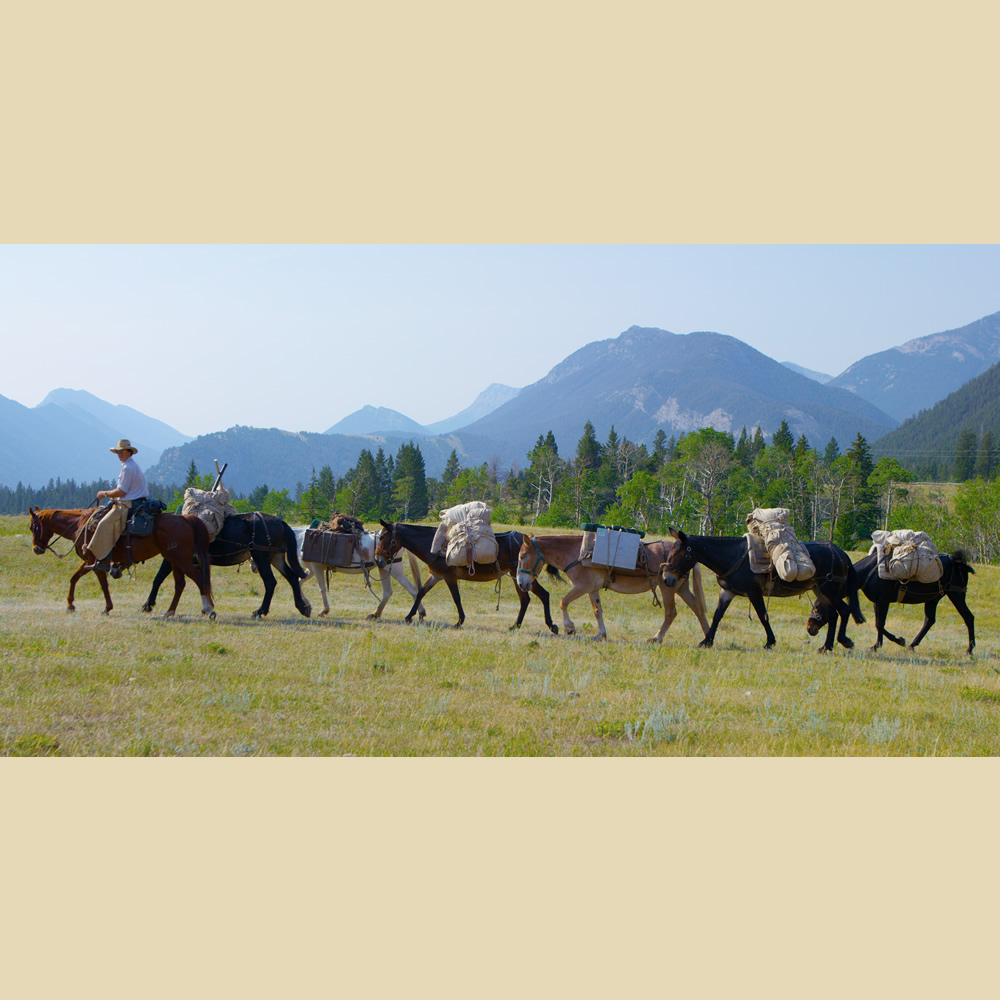 Bannack, Virginia City, and Helena were all capitals of Montana in their turn. They were also the sites of the three most important gold discoveries in Montana, and some of the largest placer gold deposits in the country. The Benton Road became a well-travelled thoroughfare-the backbone of the state. The road also linked Montana to the rest of the world. At its northern end, the road linked to the Missouri River. At its southern end, the road linked to a trail to branches of the Oregon Trail, the Mormon Trail and, in 1869, the Union Pacific Railroad. Trade goods and settlers streamed into Montana from both ends of the Benton Road.
Bannack, Virginia City, and Helena were all capitals of Montana in their turn. They were also the sites of the three most important gold discoveries in Montana, and some of the largest placer gold deposits in the country. The Benton Road became a well-travelled thoroughfare-the backbone of the state. The road also linked Montana to the rest of the world. At its northern end, the road linked to the Missouri River. At its southern end, the road linked to a trail to branches of the Oregon Trail, the Mormon Trail and, in 1869, the Union Pacific Railroad. Trade goods and settlers streamed into Montana from both ends of the Benton Road.
As you drive from Yellowstone to Glacier, you follow the Benton Road-first on Highway 287, then Highway 69, then Interstate 15-all the way to Wolf Creek. As you drive, try to imagine the stage coaches, mule trains, and freight wagons that followed the same route: without asphalt or air conditioning, crossing and re-crossing Prickly Pear Creek; thousands of travelers and millions of dollars of gold wending their way through the heart of early Montana.
